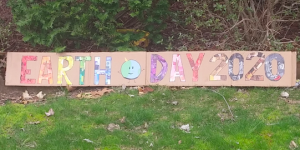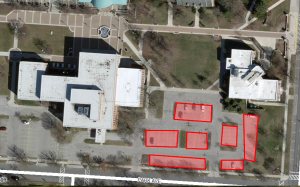Reading 1: The Death of Environmentalism M. Shellenberger & T. Nordhaus
The definition of what is environmental needs expansion. CAFE reminds me of the Volkswagen scandal. I’ve never heard of the New Apollo Project, so it probably wasn’t super successful, but since it’s mentioned in the reading, there are at least take-aways to get from it. Coalition building is cool.
Reading 2: Sustainability Thwink.org
Definitions of sustainability in a comparative sense. I hadn’t thought of it in a pillared manner before, but I’m down for the environmental, economic, and social.
Reading 3: OWU Sustainability Plan (2017)
Goals Reached:More grassroots work! More collaboration!
Goals not Reached: Not as many quantifiable goals. Future edits have more potentially.
Reading 4: Sustainability: A Comprehensive Foundation
Sustainability really means to uphold. This definition and analysis is a foundation for ensuring human existence in the near and distant future.
Reading 5: “‘Scrappy’ Sustainability at Ohio Wesleyan University,”
Wow #theoryintopractice am I right? It is a great look at how to further sustainability with a lack of funding but sense of scrappiness in making it happen. I knew Emily just a little bit, so it was cool to read this.
Reading 6: Geography 360 Environmental Geography Projects
Ah geography 360. It was good to read what projects are in motion, which ones have been achieved and which ones flopped. I hope we have a lot more successful ones in the future!
Reading 7: Special Report: OWU Sustainability.
An interesting read on how sustainability has changed in recent years. Cool interviews and familiar faces in the professors and administrators.
Just how many wordpress blogs have you made? Glad to see that there has been consistent interest in promoting sustainability on campus.
Reading 9: Sustainability Region NSF Grant Proposal and Map/Poster.
I’ve seen these maps in the classroom, and now I know where they came from! Hopefully these individual pieces can still come together, even if they are funded or achieved in different manners.
Reading 10: The Psychology of Sustainable Behavior
A bit of a longer reading, but a great how-to on sustainable behaviors and continued interest for the self and for others.
Reading 11: “Against Environmental Panic.”
Bruckner is a little harsh, but man his prose is beautiful. It can be very entertaining/infuriating to get a view like this on environmentalism.
Reading 12: “How the Rich Plan to Rule a Burning Planet
This is something I feel like isn’t talked about enough. Climate change and pollution affects economic classes differently, especially in the midst of crises.
Reading 13: Scrappy Sustainability — Fall 2019
Wow look at OWU go! Would a sustainability coordinator even help us out that much? Seems like we’ve made a lot of progress without one

Earth Day 2020 sign
Post-Pandemic Work
Virtual Earth Day in carbon footprint calculator and work on student symposium
 H.R. 763
H.R. 763